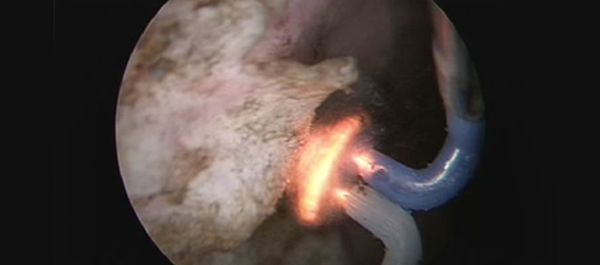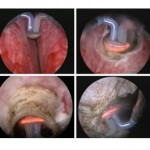Article of the week: Large BPH responds well to bipolar plasma enucleation
Every week the Editor-in-Chief selects the Article of the Week from the current issue of BJUI. The abstract is reproduced below and you can click on the button to read the full article, which is freely available to all readers for at least 30 days from the time of this post.
In addition to the article itself, there is an accompanying editorial written by a prominent member of the urological community. This blog is intended to provoke comment and discussion and we invite you to use the comment tools at the bottom of each post to join the conversation.
Finally, the third post under the Article of the Week heading on the homepage will consist of additional material or media. This week we feature a video of a bipolar plasma enucleation procedure from Dr Geavlete and colleagues.
If you only have time to read one article this week, it should be this one.
Bipolar plasma enucleation of the prostate vs open prostatectomy in large benign prostatic hyperplasia cases – a medium term, prospective, randomized comparison
Bogdan Geavlete, Florin Stanescu, Catalin Iacoboaie and Petrisor Geavlete
Department of Urology, ‘Saint John’ Emergency Clinical Hospital, Bucharest, Romania
OBJECTIVES
• To evaluate the viability of bipolar plasma enucleation of the prostate (BPEP) by comparison with open transvesical prostatectomy (OP) in cases of large prostates with regard to surgical efficacy and peri-operative morbidity.
• To compare the medium-term follow-up parameters specific for the two methods.
PATIENTS AND METHODS
• A total of 140 benign prostatic hyperplasia (BPH) patients with prostate volume >80 mL, maximum flow rate (Qmax) <10 mL/s and International Prostate Symptom Score (IPSS) >19 were randomized in the two study arms.
• All cases were assessed preoperatively and at 1, 3, 6 and 12 months after surgery by IPSS, Qmax, quality of life score (QoL) and post-voiding residual urinary volume (PVR).
• The prostate volume and prostate specific antigen (PSA) level were measured at 6 and 12 months.
RESULTS
• The BPEP and OP techniques emphasized similar mean operating durations (91.4 vs 87.5 min) and resected tissue weights (108.3 vs 115.4 g).
• The postoperative haematuria rate (2.9% vs 12.9%) as well as the mean haemoglobin drop (1.7 vs 3.1 g/dL), catheterization period (1.5 vs 5.8 days) and hospital stay (2.1 vs 6.9 days) were significantly improved for BPEP.
• Recatheterization for acute urinary retention was more frequent in the OP group (8.6% vs 1.4%), while the rates of early irritative symptoms were similar for BPEP and OP (11.4% vs 7.1%).
• During the follow-up period, no statistically significant difference was determined in terms of IPSS, Qmax, QoL, PVR, PSA level and postoperative prostate volume between the two series.
CONCLUSIONS
• BPEP represents a promising endoscopic approach in large BPH cases, characterized by good surgical efficiency and similar BPH tissue removal capabilities compared with standard transvesical prostatectomy.
• BPEP patients benefited from significantly reduced complications, shorter convalescence and satisfactory follow-up symptom scores and voiding parameters.
Read Previous Articles of the Week




How does it compare with HOLEP?
Nice video – would consider using an instrumental soundtrack as oppose to one with lyrics.
Looks like an interesting technique and nice to see the video. HOLEP-ers won’t like it though ! Would be interesting to see a comparison of this technique vs. bipolar resection vs. HOLEP. Operative times seemed quite short – maybe shorter than HOLEP would be ?